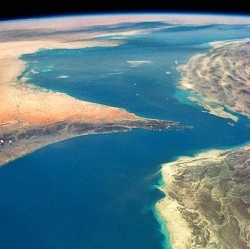
The Boeing Starliner, one of two new spacecraft meant to break the Russian stranglehold on sending people to orbit, has hit a snag. Originally scheduled to start flying next year, the Starliner won’t carry a crewed mission to the International Space Station until 2018 at the earliest.
Six years is long enough. Ever since the 2011 retirement of the space shuttle NASA has been pushing for privately built craft capable of ferrying astronauts to orbit, which would let the agency buy American-made ships and end its dependency on renting seats aboard Russian spacecraft.
The Starliner and SpaceX’s Dragon were chosen, and 2017 was to be the year. But while SpaceX has sent its ship to the ISS on multiple uncrewed cargo resupply missions, the Starliner won’t make such trips until 2017 and won’t carry people until 2018 at the earliest. SpaceX maintains that it will be able to send crews to orbit in 2017. According to Alan Boyle at Geekwire who reported this news:
For Boeing to shift its crewed test flight from 2017 to 2018 isn’t as much of a slip as it might sound: The company’s earlier schedule had called for the visit to the space station to take place in mid-December.
Even so, it’s not a great sign for Boeing’s attempts to keep up with Elon Musk. Just last month SpaceX secured its first contract to launch military satellites, breaking the monopoly of the Boeing-Lockheed Martin partnership called United Launch Alliance.
